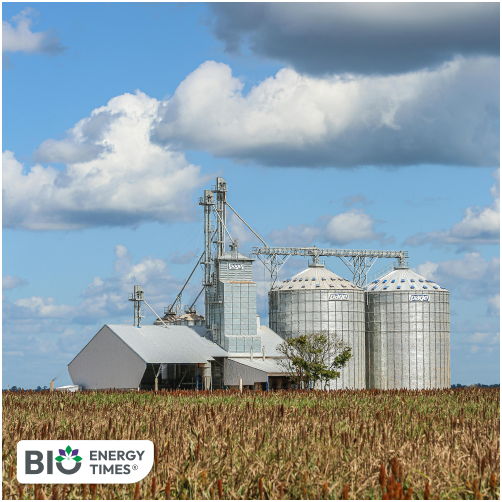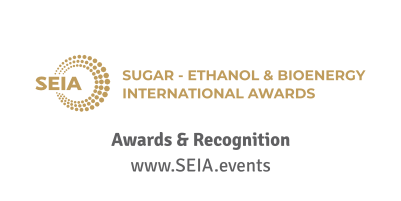A geospatial analysis featured in a new report from the International Energy Agency (IEA) reveals a vast, untapped potential for biogases—renewable, low-emission fuels derived from organic waste—with the capacity to meet a quarter of today’s global natural gas demand.
Released today, The Outlook for Biogases and Biomethane highlights a growing recognition among policymakers of the strategic benefits of these locally produced energy sources. Since 2020, more than 50 new policies have been implemented worldwide to promote biogas development, reflecting a renewed focus on strengthening energy security and economic resilience.
Biogas can be used for heat and electricity generation, while biomethane, its upgraded form, can seamlessly replace natural gas without requiring major changes to existing infrastructure. The report emphasizes that the technologies for producing biogases are already mature, widely understood, and score highly on energy security metrics. Production typically occurs close to the point of use, relies largely on locally sourced materials, and supports rural employment and incomes.
Notably, biogases are dispatchable—able to be used when needed—making them valuable for balancing supply and demand in power systems. Biomethane’s compatibility with current gas networks further boosts its utility as a clean energy solution.
To assess global potential, the IEA conducted an unprecedented spatial analysis of more than 5 million sites worldwide. The findings suggest that sustainable feedstocks—such as agricultural residues and other organic wastes that do not compete with food systems—could yield up to 1 trillion cubic metres of biogas annually. This volume matches roughly one-quarter of global natural gas consumption today.
Despite this potential, biogas and biomethane still occupy a relatively small share of the global energy mix. Although billions of tonnes of organic waste are generated each year, less than 5% of feedstock with sustainable potential is currently used for fuel production.
“The findings of this report underscore how biogas and biomethane could play a much greater role in today’s energy systems, especially with energy security and domestic production becoming increasingly important to governments,” said IEA Executive Director Fatih Birol. “Emerging and developing economies, which hold nearly 80% of the world’s sustainable feedstock potential, stand to benefit the most. Our analysis provides a roadmap for how policy makers can unlock this critical energy resource.”
Barriers to scaling up biogas include long permitting timelines—often two to five years, and sometimes up to seven—as well as higher production costs for biomethane compared to fossil natural gas in many regions. The report suggests that supportive policies or carbon pricing mechanisms could bridge this cost gap and accelerate deployment.
Encouragingly, the IEA’s analysis shows that five times the current global output of biomethane could be produced at costs equal to or lower than today’s wholesale gas prices. When the environmental and economic co-benefits are taken into account—such as reduced methane emissions from agriculture and nutrient-rich byproducts for use as fertilizer—the case for biogases becomes even stronger.
Alongside the report, the IEA has launched an interactive global mapping tool to visualize biogas potential and published a series of fact sheets detailing the types and quantities of available feedstocks in key regions. This new suite of resources builds on the IEA’s earlier work in 2020 and aims to support informed decision-making around sustainable energy development.














